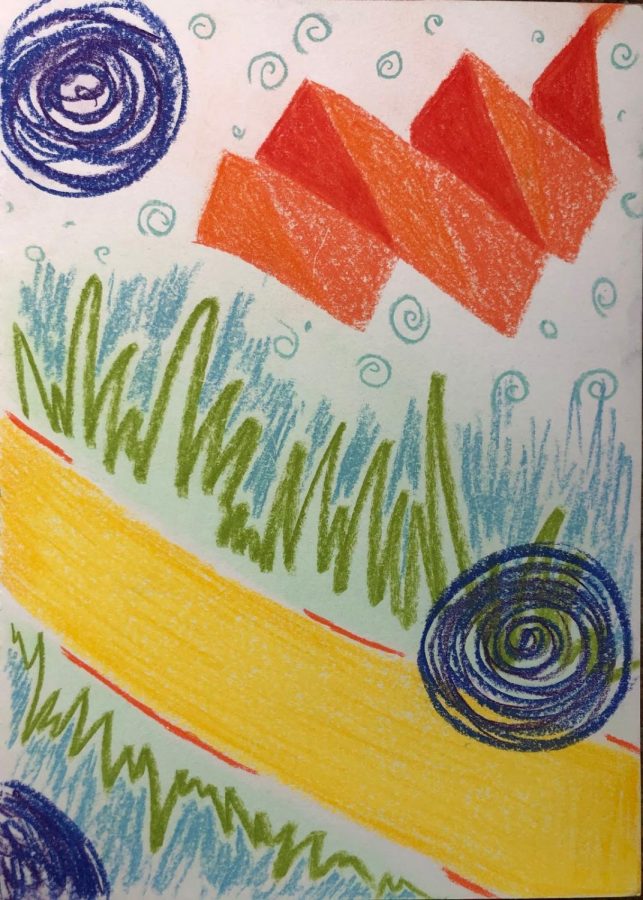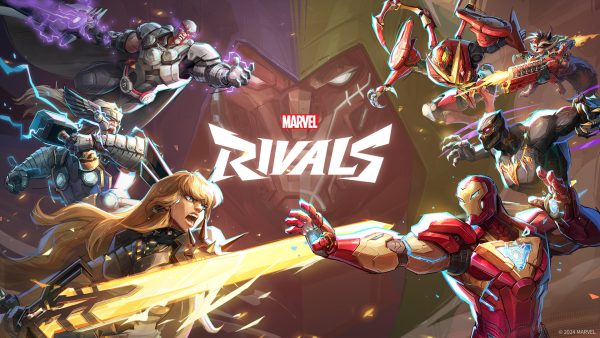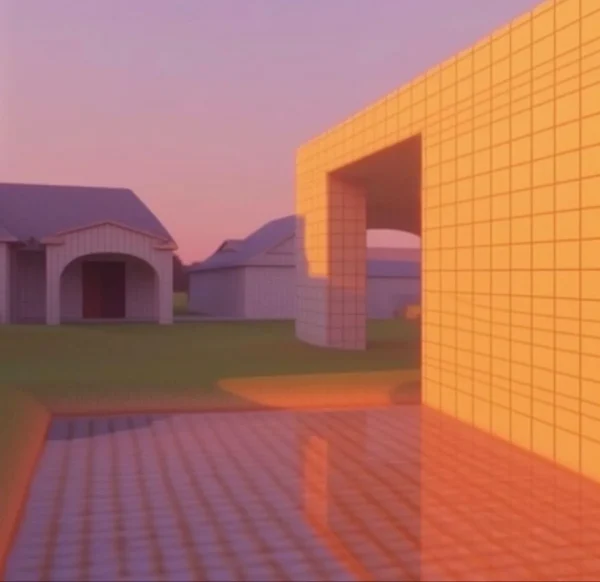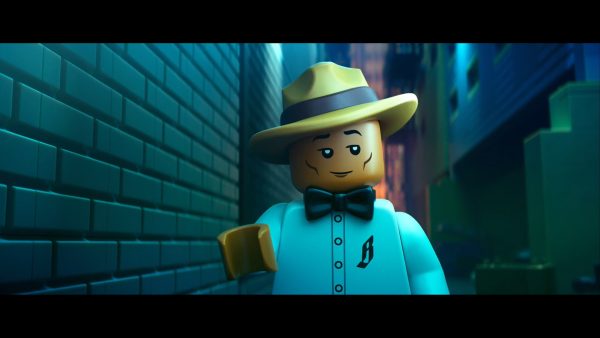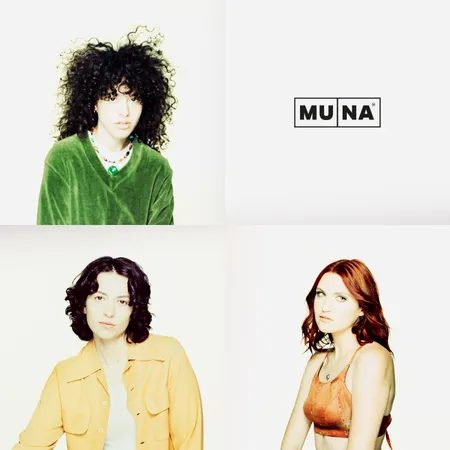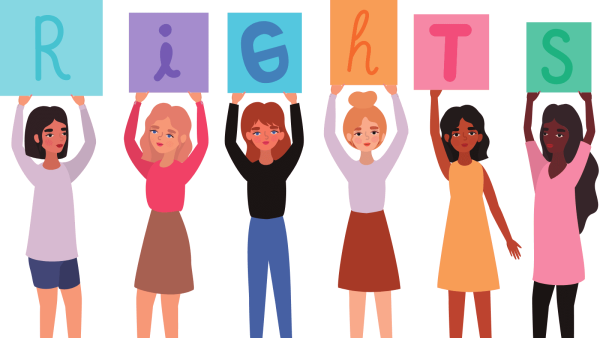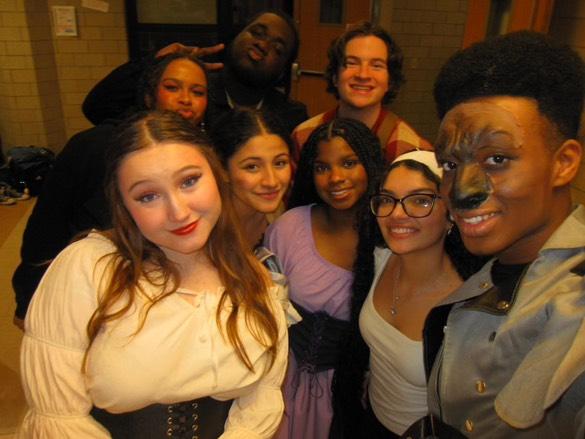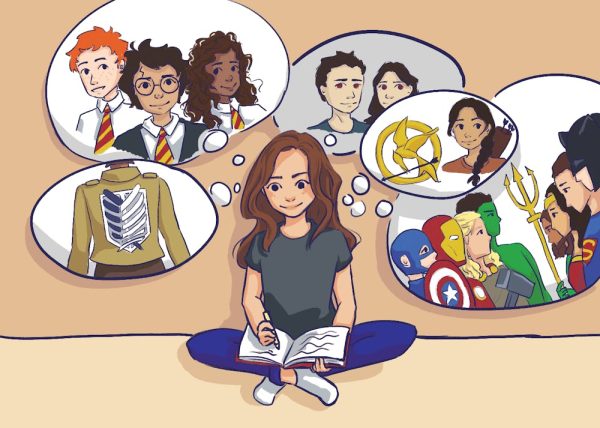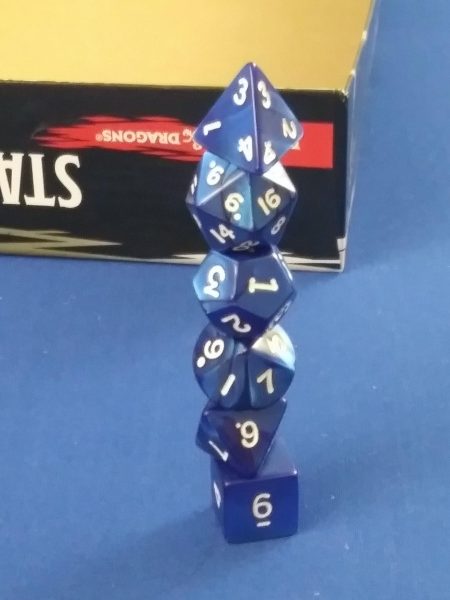Why We Create
Understanding the creative culture of EHS and, in turn, of humanity as a whole.
Art is persistent.
From any perspective one chooses to take- through the innovative eyes of science, or the romantic view of a poet- humanity has been creating since the beginning.
We have used our imaginative minds to our advantage, learning to associate color with emotion and sounds with objects; we have created entire languages and technologies with the purpose of bettering the world we experience day-to-day, impacting the future of humanity as a whole. Through the restructuring of language within Shakespearean sonnets and the curiosity of the natural world through Einstein’s discoveries, individual efforts of introspection that result in the creation of art have complied to craft history.
Yet, art is not limited to the brilliant names in history. One must not forget the unnamed cavemen that painted scenes on rocks with the resources available to them, nor the high school poet that works to reflect the reality they experience through small-scale projects. Art is not restrictive, as it encompasses various aspects of human history, including the development of a creative culture such as that of Ewing High School’s.
For students at EHS, art has become an outlet of self-expression. Various students in EHS Class of 2021 willing to share their thoughts on the subject of creativity all cited the same merits creativity provides for them:
“Writing helps me bring my ideas to life and create a reality where things are however I want them to be,” says Makensie Shields; “Music is an interesting way to be able to express yourself without words or drawings,” says Nia Whaley; “I write because I feel like it’s a way of letting out my emotions,” says Azzaya Galsandum; “I create so I can know my capabilities in life,” says Nairobi Williams.
In fact, understanding our capabilities has been a shared motive throughout the history of art (and, in turn, of humanity). As creative beings, we are not satisfied with high marks on standardized test scores and monotonous routine. The desire to understand our role in the community we live in, as well as the inner-workings of our own minds, has prompted artists for centuries to practice creating art as a means of reflecting the reality they experience.
The routine of education and work life do not answer the questions of why we exist, why our world exists, and we are ourselves. Art, thus, has filled this void.
“Art to me is a form of certain expression,” says Sonia Kilcoyne, a visual artist in EHS class of 2021. “Sometimes I’m just bored, not doing anything, and the only thing that can combat this boredom is to draw something, to write something down, even just making gray little squares on paper is enough. Maybe one day I’m feeling yellow, so I have to put that down. It’s become an emotional thing. I don’t know why I think in color sometimes, but I do. If I don’t, its like I’m not thinking.”
Art takes a certain form of expression that becomes integrated into our everyday thoughts and feelings; as Sonia reported, “I’m always creating no matter what, maybe it’s subconscious.”
This integral quality of creativity upon the artist’s experience throughout day-to-day life is one of the most intriguing concepts to consider. As art becomes an outlet for crafting one’s identity, creativity becomes inseparable from the artist themselves, just as art is inseparable from the historical context is was created in. The works an artist creates in turn create the artist’s personality.
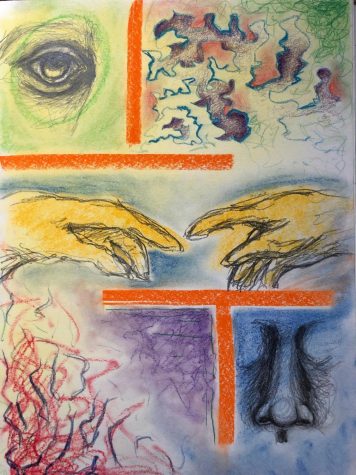
In addition, art is not limited to its classical forms. Despite claims detailing the horribly qualities of the internet-addicted generation and the drawbacks of new media, the inter-connectivity that modern technologies provide has both fostered and prompted new outlets for personal expression. Now more than ever we are exposed to various art forms, and students are encouraged to create their contributions. The eruption of short-story writers, online rappers, and digital artists in EHS alone proves the creative culture of our generation is not being suppressed, but is rather thriving in this environment.
Modern art forms are of no lesser quality than the more classical approaches to creativity; rather, both work to compose a perspective that encompasses both concepts from our history and the present.
Still, art remains personal even with the vast connections social media offers. Many students are hesitant to share or publish their creations, evident through the decreasing submissions to creative clubs in EHS, such as the school’s literary magazine. Over the past few years, fewer and fewer students have been willing to submit works, and more pieces are published as anonymous to conceal the artists’ identities per request.
To gain insight within one perspective, Sonia offered to explain why she prefers to keep her artwork personal:
“It’s frankly because I don’t have confidence, like any artist ever. No artist is satisfied with what they do, they’re just not! Even the greats like da Vinci were always looking back on their work, knowing something can be changed.”
Though just one opinion, it seems very possible that many students shy away from publication because they are constantly in conflict with their creations. As established before, art is an expression of one’s identity; in a time of our lives where we are still unsure of our personalities, committing to a product is difficult. Many artists thus prefer to allow their products to be a constant work-in-progress.
“Artists are their own worst critics. I don’t know them personally, but all artists are like that” says Sonia. “I know that with art and my art there’s always a love-hate relationship. This might just be me.”
The title of this article is potentially misleading, as each individual artist can define the reason they create art differently. Yet as a collective project, humans have been exploring the limits of our potential since the beginning of recorded history.
Creativity was never a conscious effort, but rather an attempt to satisfy this impalpable curiosity that makes up a part within each of our minds.
Art is an expression of our thoughts and experiences, reflecting our presence wherever and whenever we may exist. Perhaps the reason we create is so difficult to identify because it is much easier to find than anyone had anticipated.
The purpose of art can be found by recognizing the role of creativity within our own identities, and that of our communities. Upon examination, just as this article worked to uncover, art and identity are one in the same. Scientific studies and detailed histories aren’t necessary to uncover the secrets behind the mind of an artist.
All one must do is ask an artist a simple question: Why do you create?
“Because that’s our purpose, even the cavemen did it. Even those without written language drew pictures. Why do we even ask what the purpose is if it has always been creating?”
